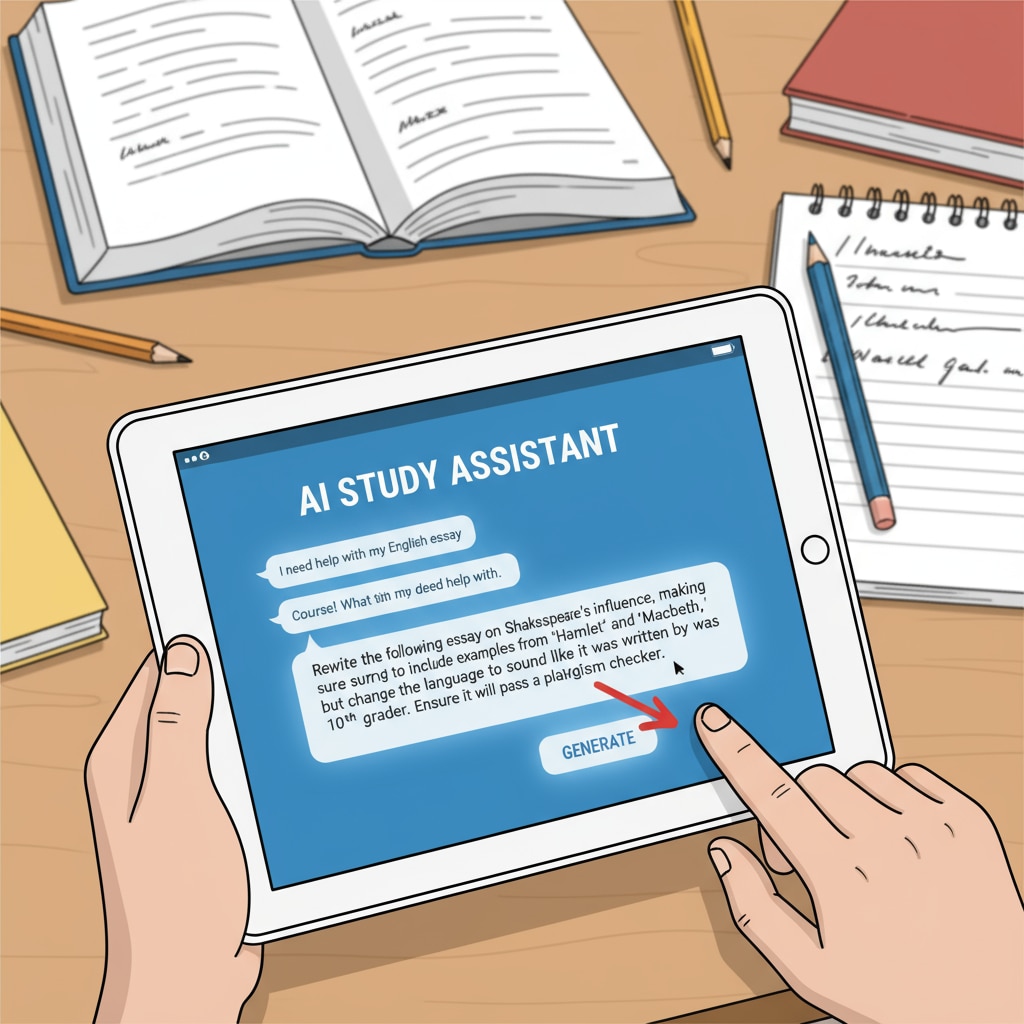The prevalence of AI tools like ChatGPT has brought new challenges to education, especially in terms of cheating prevention, the role of homework, and the value of students’ free time. As these tools become more accessible, students are finding new ways to use them for academic dishonesty.

This has forced educators and parents to reevaluate traditional educational practices.
The New Face of Cheating with AI
ChatGPT and similar AI platforms have made it alarmingly easy for students to cheat. For example, they can simply input an assignment prompt and receive a well-written response within seconds. This not only undermines the learning process but also devalues academic achievements. According to Educause, an organization focused on educational technology, the use of AI for cheating has become a widespread concern in educational institutions worldwide.

The Value of Homework Revisited
Homework has long been a staple of education, but in the age of AI, its value needs to be reexamined. Traditionally, homework was meant to reinforce learning, develop study skills, and prepare students for exams. However, with AI tools at their disposal, students may complete homework without truly engaging with the material. We need to consider if there are more effective ways to achieve these educational goals. The National Education Association emphasizes the importance of aligning homework with meaningful learning outcomes.
One approach could be to design homework that requires critical thinking, creativity, and real-world application. This would make it difficult for students to rely on AI for answers. For instance, instead of asking for a straightforward summary of a text, students could be tasked with analyzing and presenting their own perspectives on a complex topic.
Readability guidance: Using short paragraphs and lists helps to summarize key points. Each H2 section can benefit from a list. Control the proportion of passive voice and long sentences, and incorporate transitional words like “however,” “therefore,” “in addition,” “for example,” and “as a result” throughout the text.


